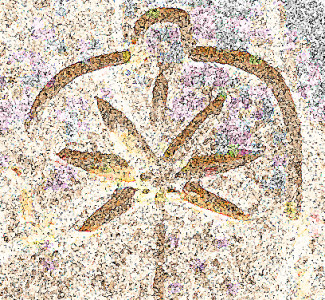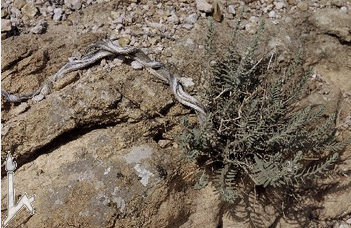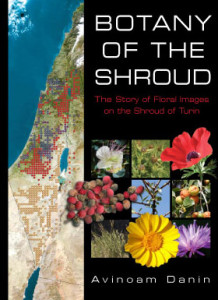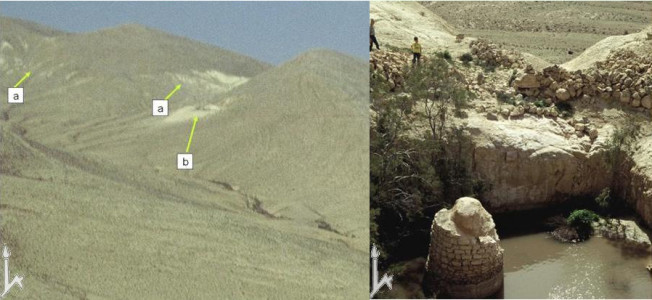
Doubt can save your sanity. In a world where reality is determined by consensus, doubt can open unsuspected windows onto new landscapes. Doubt offers us a key to our psychological cages. It can be our first step toward making truly independent and informed decisions. But first we need to realize that doubt is a valid alternative to belief. And here we find the tangle: many things that we accept as fact—things beyond all possibility of doubting—are true for us only because we have never questioned them. Yet we have been taught that to doubt them is either absurd or forbidden.
If we do decide to question our comfortable, or crippling, assumptions, we will always do it alone. No one else can do it for us. We each venture out across the apparent bedrock of our lives to discover, like Indiana Jones, which stones rest on solid support, and which drop away beneath our feet, leaving us flailing for balance.
Mistaken beliefs from distant history are always easier to see than those closer to our own lives. Regardless of how unfounded our assumptions may be, if we have never questioned them they can carry the force of divine law. Consider these examples of “exploded facts” from human history, distant and contemporary:

* The world is flat, and the oceans pour off the edges into infinity.
* Time is a single line with a beginning and an end.
* The earth is the center of the universe.

* A woman’s place is in the home.
* Epilepsy is caused by demon possession.
* Without the gods to hold it up, the sky will collapse.
* The universe was created in six twenty-four-hour periods.
* Dinosaurs never cared for their young.
* Attaching leeches to a patient drains the illness.
* The Earth and all its creatures exist solely for human use.
* Lobotomy is a cure for mental illness.

* Cats climb into babies’ cradles to steal their souls.
* Good people prosper and evil ones suffer.
* Father knows best.
* Christians in the first centuries all believed the same things.
* History is objective facts about the past.
* Women with healing skills fly on brooms at night.
* Human beings are disposable goods.

Chances are good that you experienced a gut reaction to at least one of these examples, because for you it remains a fact—and not exploded at all.
How do such assumptions come into being? Some, like the flat earth theory, are primarily attempts to make sense of the world as human beings have experienced it. Some are rooted in the hunger for power and control, others in ignorance, or in fear. Most have far too many interwoven layers to examine thoroughly. But even the simplest is difficult to unmask and release.
Allowing ourselves to doubt the fundamental ways in which we understand reality can be terrifying. Most people won’t even consider doing it unless they find themselves in so much pain—psychological, physical, or situational—that the risks of doubt begin to look better than the pain they are living in.
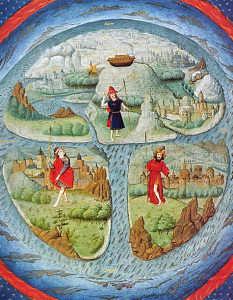
When a person–or a whole culture–begins to doubt the truth of their basic ideas of reality, discards old ways of thinking, and goes on to embrace alternate understandings, we call it a paradigm shift. The period in which these changes swell and grow is always chaotic. Sometimes, if the pain is overwhelming, we reject the changes and retreat to the old ways. But once we glimpse the shortcomings of a vision of reality, we are never truly comfortable there again—although we may fight to the death to deny it. And even if we don’t die in the battle, we close ourselves off to all new life in our effort to preserve the old.
So someone who can’t get past the sense of being boxed-in, caged, or trapped might do well to engage in a little therapeutic doubt. Why should a certain standard of living be essential? Why should many possessions be better than few? Why should science be more important than art? Should we believe a thing just because everyone else does—or because no one else does? Why is a job we hate the only choice we have?

If I sound like a toddler pestering a parent with “why’s,” I do it with intent. What are children doing when they ask “why” a hundred times a day? They are beginning to structure their reality, and adults are teaching them how. Many of the world’s faiths talk about the wisdom of little children, but too often that wisdom is replaced with blind cultural assumptions. What might happen if every time a child asked us why, we paused and really tried to give a thoughtful answer? Some things would remain true (at least in most cases): “If you touch the fire you will be burned”; “If you pull the cat’s tail she will scratch you.” Other things might not hold up so well: “Because I told you so”; “Because you can’t, that’s why”; “Because that’s how it is.”
Perhaps if we searched our hearts in response to their questions, we would raise children who know how to doubt, and how to keep asking questions. Perhaps our children’s simple demand to know why could reveal to us the inadequacies of our own beliefs. Then we might learn how to doubt while we encouraged our children to question. Paradigms might shift more gently when motivated by love. But as it is, most of us only learn to doubt when our backs are against the wall, faced with what feels like annihilation—which it is in a way. But on the other side of that little death is new life and the possibility of creative solutions to old problems.
Question authority—it’s a good idea.
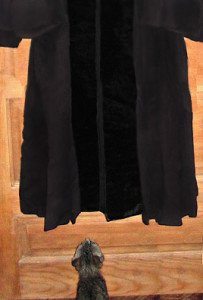
.
.
.


